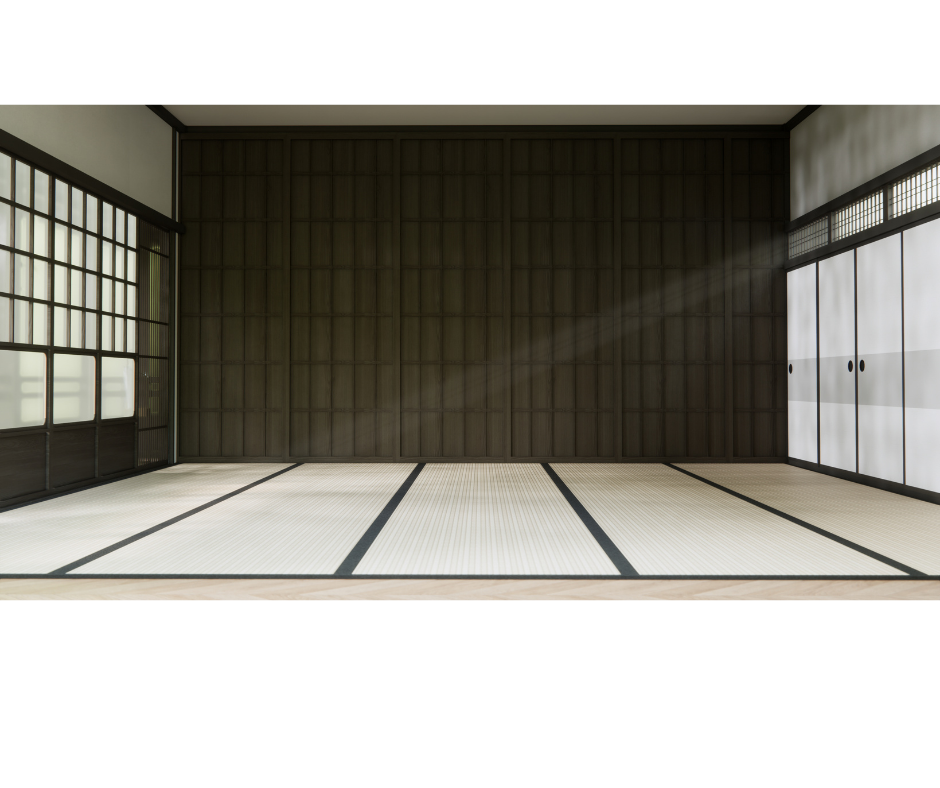Seidokan Founder, Toma Shian
Toma Tsunasu Shian was born on the island of Okinawa on November 23rd, 1930. At age 16, he moved to Osaka on mainland Japan, while his family tried to reestablish themselves on Okinawa after WW2.
Toma returned to Okinawa in 1946, after almost 2 years of being away. The name of his first teacher was not known for quite some time. We only had his family name, Uchima. Toma could not recall ever knowing his teacher by their full name. He knew him as “Tanmei” (Oldman) Uchima. Today we believe this to be Uchima Yasuachi. Toma did not receive official martial arts training from Uchima until Uchima returned to Okinawa in the mid 50’s. From Uchima, Toma learned Pinan 1-5, Naihanchi, Motobu no Passai Sho (Uchima no Passai Sho), our Toma no Kun and Toma no Sai. The Pinan 1-5 and Naihanchi are uniquely from the Motobu systems, as Uchima was a student of Motobu Chomo.
Upon returning to Okinawa, Toma followed up with Shinjato Sokichi, a Naha Policeman and family friend. Shinjato was trained under Kyan Chotoku (Shorin Ryu), Miyagi Chojun (Goju Ryu), and Shimabuku Tatsuo. Shinjato’s time training with Shimabuku was before he formed the style Isshin-Ryu and was still studying with Kyan and Miyagi. From Shinjato, Toma learned Seisan, Chinto, Sanchin, and Tokumine no Kun.
Toma Shian then started to train under Shimabukuro Zenryo of Seibukan. From Shimabukuro, Toma learned Ananku, Wansu, Passai Dai, Gojushiho, and Kusanku. Toma was also corrected on Seisan, Chinto , and Tokumine no Kun to the updated Kyan standards that were influenced by Tomari Te practices. This is where Seidokan has its Shorin Ryu kata. With only 2 Bo kata and 1 Sai Kata, Toma wanted to complete his Kobudo portion of the Seidokan syllabus.
He traded with a friend, Odo Seikichi of Okinawan Kenpo, our Tokumine no Kun, for Odo’s Nakamura no Tonfa Ni. This tonfa kata is from Matayoshi Kobudo and is known as Matayoshi no Tonfa Ichi. Today it is known as Toma no Tonfa in Seidokan.
In 1971, Toma sought out to learn one last kata from a kobudo legend, Ire Matsutaro. At the time, Ire was 92 years of age, and his memory was fading. The kama kata kept changing from one day to the next. Toma kept returning to piece together the best and most accurate performance. Later that year, Ire Matsutaro would pass away. This kama kata is unique among the kobudo inventory and would become lost if not for the persistence of Toma Shian. Today this kata is known as Toma no Kama.
During this time, Toma Shian was also training under Uehara Seikichi in Motobu Undundi. He trained under Uehara for 23 years. This is where Toma learns the joint locks, throwing, and classical Okinawa Pechin (samurai) weaponry of the Motobu family, such as Motobu Kenjutsu.
In 1984, Toma Shian established his organization, “Zen Okinawan Seidokan Karate Kobudo Renmei”, re-registered his dojo, and registered “Okinawa Seidokan Shorin-Ryu” as a new style. Since he starting building his system, he always called it “Seidokan” 正 道 館 , which means “House of the True Way”.
Shian Toma passed away on May 30, 2013 at 83 years old, but his legacy lives on. As of today, direct students of Master Toma, and extended students keep Seidokan alive, with 57 registered Seidokan dojos in the world. Seidokan is taught in Okinawa, Japan, across the United States, Puerto Rico, Africa, Greece, Spain, and England.
2nd Headmaster of Seidokan Karate,
Special Advisor for RSKKR
Judan
Tamae Shigemitsu
Sensei Shigemitsu Tamae was born in 1950 in the Okinawan city of Nagagamigun, a place now known as Uruma. He started learning Seidokan Karate at the age of 13 and has been Sensei’s Shian Toma student since 1963. Attending college in Kumamoto Ken, Japan from 1969-1971, he studied electronics but also continued to train and maintain his Seidokan Karate skills.
Sensei Tamae has two dojos on Okinawa. The Nakanomachi Tamae Dojo is located on top of his auto repair shop just outside of Gate 2 at Kadena Air Base and the Yomitan Tamae Dojo is located behind his house in Yomitan village. Sensei Tamae’s son, Kenta, is a talented Yon-Dan who trains daily in Seidokan Karate.
Sensei Tamae sees the Ryukoku Seidokan Karate Kubudo Renmei (RSKKR) as being instrumental in bringing together Seidokan Karate practitioners from around the world. He admonishes us to “keep up the training” and pledges his support to the RSKKR in any way needed. Sensei Tamae is headmaster of the Okinawan Seidokan Karate style and a Senior Technical Advisor to Sensei Ron Nix, President of RSKKR.
One of Sensei Tamae’s favorite karate events was a full contact tournament in 1977 at Kadena Air Base. As Okinawa's reining Grand Champion he had nothing to gain from entering the tournament and Sensei Toma discouraged him from participation. But fellow students Allen Tackett and Jackie (nicknamed for Jackie Chan), along with another student remembered as “Mr. Brown,” wanted to see Tamae in action and asked that he enter the tournament anyway. He did enter and won the tournament. As a result of seeing the quality and power of Seidokan Karate, many U.S. military personnel attending the tournament that day made the decision to switch to Seidokan Karate.
Ron Nix started training in martial arts in 1971 at age 13 with Sifu Roby Kirby of Chinese Kempo. After five years ascended to his first black belt. At the the of 18, he entered the United States Air Force. First duty station was Okinawa, Japan. An American teaching Okinawan Karate, Robert Teller, introduced him to the Okinawan Karate Arts. Ron Nix had the honor of studying with Sensei Masunobu Kina for over a year before Sensei Kina's untimely death. In 1980, Nix continued his Karate training under Shian Toma of Seidokan Karate. He was amazed with Sensei Toma's Karate, especially the grappling techniques. Ron Nix committed to a new martial arts path, or a continuation of his previous one, and requested to become a student of Shian Toma. Toma accepted and Sensei Nix became a white belt all over again and came up through the ranks. He has been with Sensei Toma ever since.
In 1981, Sensei Nix left Okinawa and taught Karate for two and a half years in Del Rio, Texas. He returned to Okinawa in 1984 and trained for the next eight years, learning the advanced techniques of Seidokan Karate with its Motobu Ryu roots. Once again he was returned to the United States by the Air Force in 1992. This was a time of solo training for him as he polished his Kata and Bunkai, a time of inner growth and understanding of Seidokan Karate.
A return soon to Okinawa came in 1994, when the Air Force saw fit to station him at Kadena Air Base, Okinawa, Japan. He was coming home and committed to give something back to Sensei Toma and the island of Okinawa. Until he retired, Sensei Nix held after hours Karate classes on Kadena Air Base three evenings a week and sometimes Saturdays, sharing with the GI's what Sensei Toma had shared with him.
His wife Akemi is Okinawan (Uchinochu). She and Sensei were about to fulfill their destiny. Just prior to retirement they built their retirement home in Okinawa with an attached dojo. It was amazing how successful the dojo was. Not only did Sensei Nix retain his following of U.S. military members who had been training with him on base, but the local Okinawan community also began bringing their children, and adults started coming to see the "Oki-Gaijin" Karate instructor who lived among them. Today, Sensei 'Ronnie-san' Nix of the Okinawan Seidokan Dojo has the largest Karate dojo on Okinawa. It grew so big he had to enclose the parking area below the upstiars dojo and add a downstairs dojo floor.
Recently, he has stepped forward at the request of Sensei Toma to preserve Toma Seidokan Karate practices and standards. Sensei Toma charged Sensei Nix with starting an organization that would require him to think outside his dojo walls. Sensei Ron Nix and his students are working toward that charge. This is why you see the Ryukoku Seidokan Karate Kobudo Renmei, an association dedicated to preserving the legacy of Sensei Toma's Seidokan Karate and sharing it with others.
In summary, Sensei Nix is an 9th degree black belt in Seidokan Karate with over 35 years experience in the martial arts. He’s spent over 30 years in Okinawa under Sensei Kina and Sensei Toma. He has been very fortunate to train under such masters. Sensei Nix’s training methods rely on technique, balance, speed, flexibility, endurance and cool head. He not only teaches traditional Karate, but also teaches tournament Karate for the individuals who enjoy competition.
President of Ryukoku Seidokan Karate Kobudo Renmei “RSKKR”,
Kyudan
Ron Nix
Ryukoku Seidokan Karate Kobudo Renmei “RSKKR”
This is an international body of the Okinawa Seidokan Karate Kobudo Renmei (OSKKR), created after the passing of Okinawa Seidokan's founder, Shian Toma. It is modeled after Master Toma's original organization, the Zen Okinawa Seidokan Karate Kobudo Renmei (ZOSKKR). At the request of Master Toma's family, ZOSKKR was officially retired on September 26, 2013. We are the headquarters, here in Okinawa, in the service to all of Shian Toma's karate descendants who actively train, preserve, and propagate the art of Okinawa Seidokan Karate world-wide. Through the efforts of many OSKKR (former ZOSKKR) Senior Leaders, Okinawa Seidokan is practiced in many countries.
The goal of this federation is to maintain high standards throughout all OSKKR and RSKKR dojos, propagate Okinawa Seidokan internationally, and improve individual lives and communities though our martial arts way.
The Honbu manages the administrative recognition and certification of both OSKKR and RSKKR members, and sponors international Okinawa Seidokan karate events.
Toma Shian’s
“Dojo Kun”
In Japanese, when reading kanji you must start on the far right, and read from top to bottom on each line. Then you move over to the next line on the left and continue to read top to bottom. I displayed the dojo kun for English readers, and translated the meaning. This is the “Dojo Code” that Toma Shian had displayed at his dojo.
一 (Hitotsu) before each line means “One” — symbolizing that each rule is equally important, not in order of priority.
一 人格完成に努める事
Hitotsu, Jinkaku kansei ni tsutomeru koto
Strive for the completion of character.
一 誠の道を守る事
Hitotsu, Makoto no michi o mamoru koto
Be faithful and protect the way of truth.
一 努力の精神を養う事
Hitotsu, Doryoku no seishin o yashinau koto
Foster the spirit of effort.
一 礼儀を重んずる事
Hitotsu, Reigi o omonzuru koto
Respect etiquette and proper conduct.
一 血気の勇を戒める事
Hitotsu, Kekki no yū o imashimeru koto
Guard against impetuous courage (restrain uncontrolled aggression).










